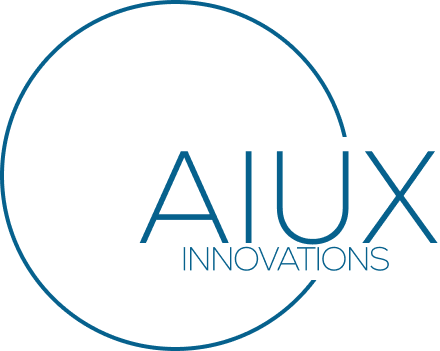We’ve had our revolutions:
Graphical interfaces in the 1980s
The rise of responsive web
Mobile-first design
Design systems and atomic components
Collaborative tools like Figma, Miro, and Notion
AI entering design workflows in real-time
But as powerful as those were, they were tool-focused.
The next great platform breakthrough in UX won’t be about moving faster.
It’ll be about designing smarter, more human-centered ecosystems.
We’re standing at the edge of a new era.
One where the interface adapts to the user, not the other way around.
The Future Platform Is Not Just Visual — It’s Contextual
The next wave won’t be a better canvas or prototyping tool.
It’ll be a platform that does three things simultaneously:
- Understands the user’s intent and context
- Adapts its content and flow in real time
- Empowers teams to prototype, ship, and personalize experiences at scale
In other words, a true fusion of:
- UX + AI
- Personalization + ethics
- Design systems + behavioral data
- Accessibility + adaptation
From Interfaces to Intelligence: The Shift Ahead
Current UX platforms help us draw interfaces.
The next breakthrough will help us design interactions that learn.
Imagine a system where:
- A product adjusts onboarding based on user behavior in real time
- A dashboard simplifies as cognitive load increases
- Accessibility preferences are auto-detected and respected
- Content prioritizes based on emotional cues or situational stress
- Microcopy is rewritten by AI to suit literacy levels or tone preferences
- Developers, designers, and strategists co-build adaptive flows, not just fixed screens
That’s not science fiction. That’s possible now—but it needs a platform that orchestrates, not just assembles.
What This Platform Must Include
- The next great UX platform breakthrough will:
- Integrate AI natively, not just as a plugin
- Empower cross-functional teams to make adaptive experiences without code
- Pull from real-time analytics and user signals to modify experience pathways
- Unify content, data, interaction, and personalization under a governed, ethical system
- Give design systems logic and feedback loops, not just consistency
This isn’t about tools that “help designers move faster.” It’s about platforms that let users move better.
Why We Need It Now
The digital landscape is overwhelmingly fragmented.
We have platforms.
We have systems.
We have AI.
But users?
They still face:
- Interfaces that feel cold and generic
- Experiences that forget them every session
- Journeys that aren’t designed for how humans think, stress, or decide
We don’t need another feature library.
We need an experience engine—one that designs with situational awareness.
Who Will Build It?
Will it come from an AI-native startup?
A Figma-level rethink of adaptive flows?
A healthtech platform that cracks patient personalization at scale?
Whoever builds it first will unlock the UX equivalent of the smartphone moment:
A platform so intuitive, adaptive, and empowering that users—and teams, can’t imagine life without it.
Final Thought
The next great UX breakthrough isn’t a plugin.
It’s a platform that blends human-centered design with machine-level intelligence.
It will help us stop designing for averages—and start designing for individuals, in context, at scale.
We don’t just need better tools.
We need smarter, more empathetic systems.
And I’m ready to help shape them.
